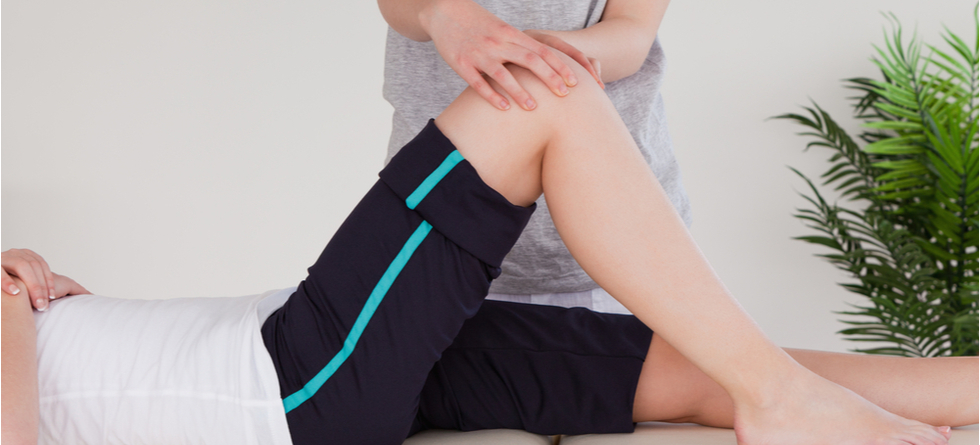
Has your knee been injured or have you had surgery? Or is it stiff and achy due to arthritis? In either case, you might feel like getting up and moving your joint is the last thing you should do. The best way to get your strength back and begin the recovery process is with physical therapy (PT).
Exercise, or rehabilitation as it is sometimes known, can assist in easing muscle and joint pain. With the help of a licensed physical therapist, you’ll strengthen your muscles and improve the way your body feels and moves.
Your pain’s cause determines when you need physical therapy. Physical therapy may be all you need – without the need for any surgical intervention. If you are having surgery, your doctor most likely will recommend that you undergo therapy afterward for at least a few weeks.
How is the First Session conducted?
During your one-on-one session with your physical therapist, you will develop a tailored treatment plan. During your first visit, you will receive an assessment of your knee’s ability to bend, straighten, and move. They will also determine if:
- You have a hard time balancing
- You are experiencing knee pain
- Moving your lower leg back and forth hurts your lower leg
- A single leg makes it hard to stand
- Your front and back thighs, which support and stabilize your knees, are weak
You might be asked to hop on one leg or walk a short distance on a treadmill to see where your problem spots are. In order to prevent falls while you are recovering, your doctor may recommend wearing special shoes, using crutches, or a walker.
Following Your First Visit
By strengthening your leg muscles, you can take some of the stress off your knee and reduce your pain. At-home exercises will be advised to you and shown to you how to safely perform them.
Exercises that strengthen the muscles are an important part of PT. For example, you may have to perform the following:
- Curl your hamstrings
- Dips with one leg
- Taking steps up
- Leg raises with straight legs
- Hamstrings curls
- Squats on walls
- Exercises to balance
Electrical stimulation may also be used to improve knee movement and leg muscle strength. This method is called transcutaneous electrical nerve stimulation, or TENS.
Electrodes will be placed on your thigh just above the knee on the front of your thigh. Each electrode is connected to a TENS machine by a wire. Your muscles are tingled by tiny electrical signals when the machine is turned on. The result is an increase in blood flow and pain relief.
What is the recovery time for my knee?
The frequency of your therapy visits will be determined by your doctor or therapist. It may be several times per week for six weeks or more. Depending on your pain level and whether you’ve had surgery, the number of visits may be different.
Your therapist will keep in close contact with your doctor to monitor your progress. As a team, you can decide when it’s time to reduce the number of sessions you attend.